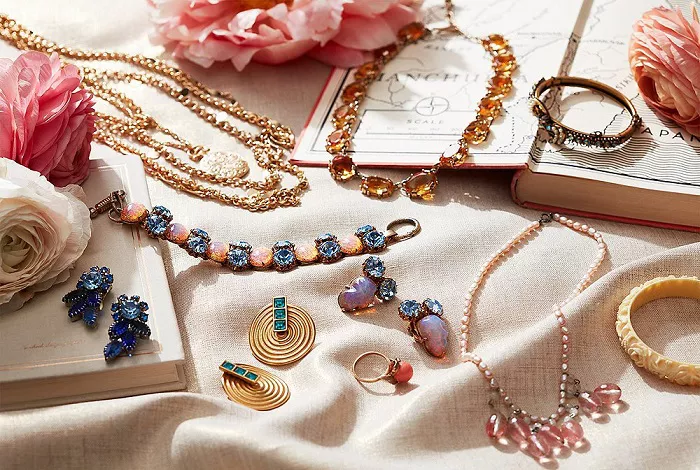LONDON – Gold prices have soared to record highs, climbing over 40% in the past year and surpassing $3,500 (£2,630) per troy ounce in late April—a milestone not seen even after adjusting for inflation since the previous peak in January 1980. This dramatic rise is prompting a shift in investor behaviour, with a growing number turning to antique jewellery as a tangible, emotionally resonant alternative asset.
Amid ongoing economic uncertainty, collectors and investors are increasingly viewing high-carat antique jewellery—often 18ct or above—not just as adornment, but as a durable and meaningful hedge against volatility. These pieces combine the intrinsic value of gold with historical significance, craftsmanship, and emotional appeal.
Berganza, a London-based specialist in antique jewellery, has reported a marked increase in demand for heirloom-quality items, particularly those from now-defunct makers such as Kutchinsky and Weise, as well as signed creations from prestigious houses including Cartier, Boucheron, and Oscar Heyman.
Emma Snowdown, creative director at Berganza, attributes this surge in interest to both the financial and sentimental value these items offer.
“In times of volatility and rising gold prices, people are turning to tangible assets that combine value with meaning,” said Snowdown. “These are not mass-produced accessories; they are wearable works of art, rich in history and sentiment, often passed down through generations.”
According to Snowdown, antique jewellery is distinguished by its craftsmanship and scarcity. Signed pieces and those featuring rare, untreated gemstones—such as natural no-oil emeralds, which constitute less than 1% of global supply—are particularly sought after. The rarity of such gems enhances their appeal as long-term investments.
“We’ve seen growing demand for rare and signed pieces that represent unrepeatable craftsmanship,” Snowdown said. “Some styles now sell within days of arriving in our showroom.”
The market is also witnessing increasing interest from younger investors and international buyers who favour assets with authenticity, provenance, and physical permanence in a digital age.
While rising gold prices naturally boost the base value of antique jewellery, experts note that it is the combination of artistry, historical context, and collectability that ultimately elevates these pieces into a unique investment category.
As inflation concerns and market instability persist, antique jewellery is being redefined not merely as a luxury item but as a resilient and emotionally meaningful store of wealth—blending aesthetic beauty with enduring value.

